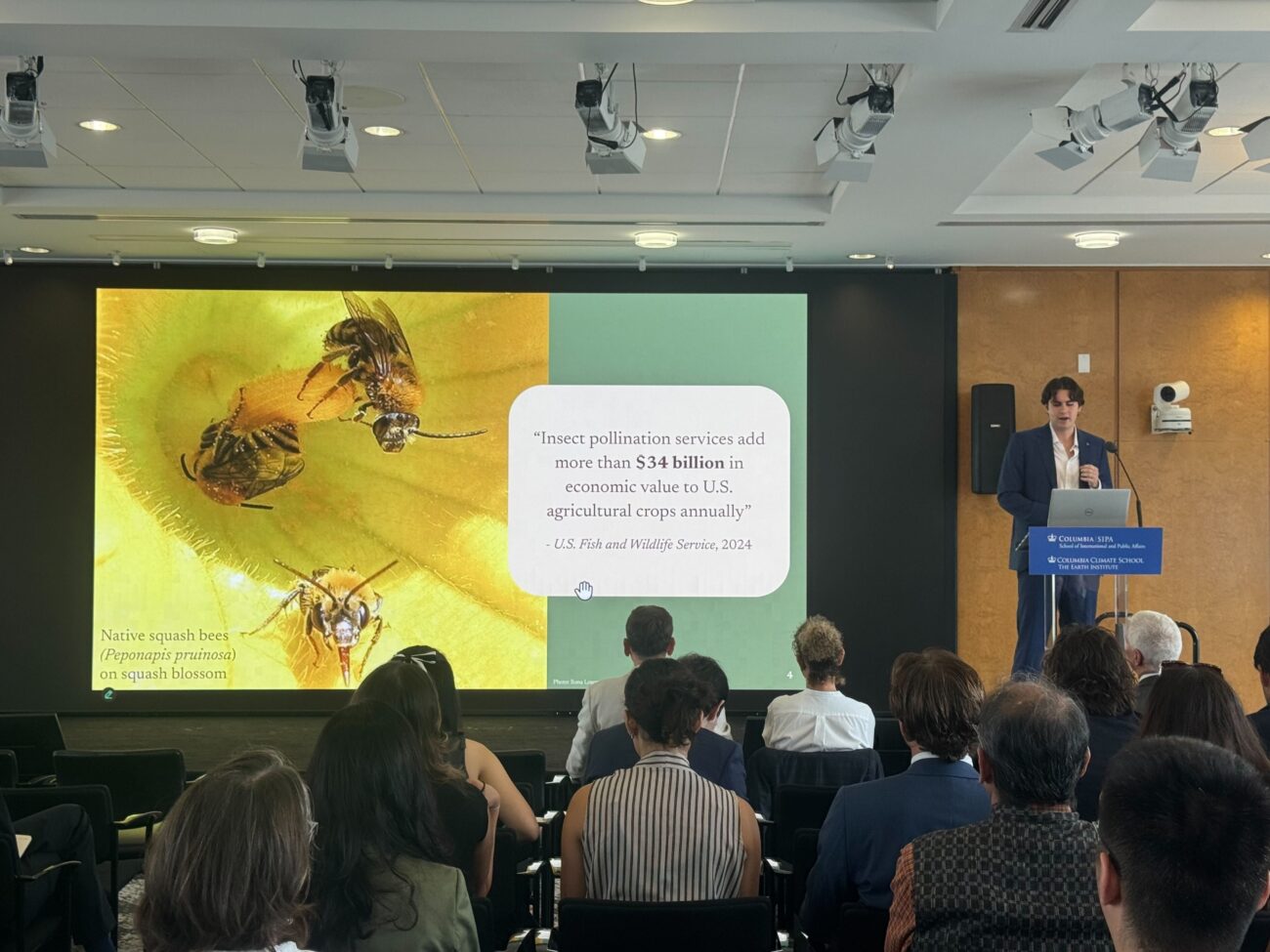Sustainability, Vol. 17, Pages 3004: Enhancing Mangrove Aboveground Biomass Estimation with UAV-LiDAR: A Novel Mutual Information-Based Feature Selection Approach
Sustainability doi: 10.3390/su17073004
Authors:
Shan Huang
Zhiwei Zhang
Yonggen Sun
Weilong Song
Jianing Meng
It has been well observed that accurate estimation of the aboveground biomass (AGB) of mangrove forests is critical for evaluating ecosystem health, carbon sink capacity, and sustainable development. This study utilizes UAV-LiDAR data and field measurements to develop an AGB inversion model based on 26 feature variables. We employed three machine learning algorithms—random forest (RF), extreme gradient boosting (XGBoost), and support vector machine (SVM)—to estimate mangrove AGB in the Xinyingwan region of Lingao County, Hainan Province, China. The key findings include that: (1) the SVM algorithm demonstrated the highest predictive accuracy, with an R2 of 0.8853 and RMSE of 0.4766 kg/m2, making it most suitable for this study; (2) the proposed zero-importance feature selection method based on mutual information (MI) outperformed traditional techniques, selecting more effective variables for model development; (3) in the SVM model, variables selected using the zero-importance feature selection method based on MI yielded the best prediction accuracy; and (4) the estimated AGB in the study area ranged from 1.97 to 5.23 kg/m2, with an average of 3.83 kg/m2. This study not only provides valuable data for mangrove ecosystem conservation and restoration but also offers a scientific basis and technical framework for future biomass estimation and carbon stock assessments.
Source link
Shan Huang www.mdpi.com

